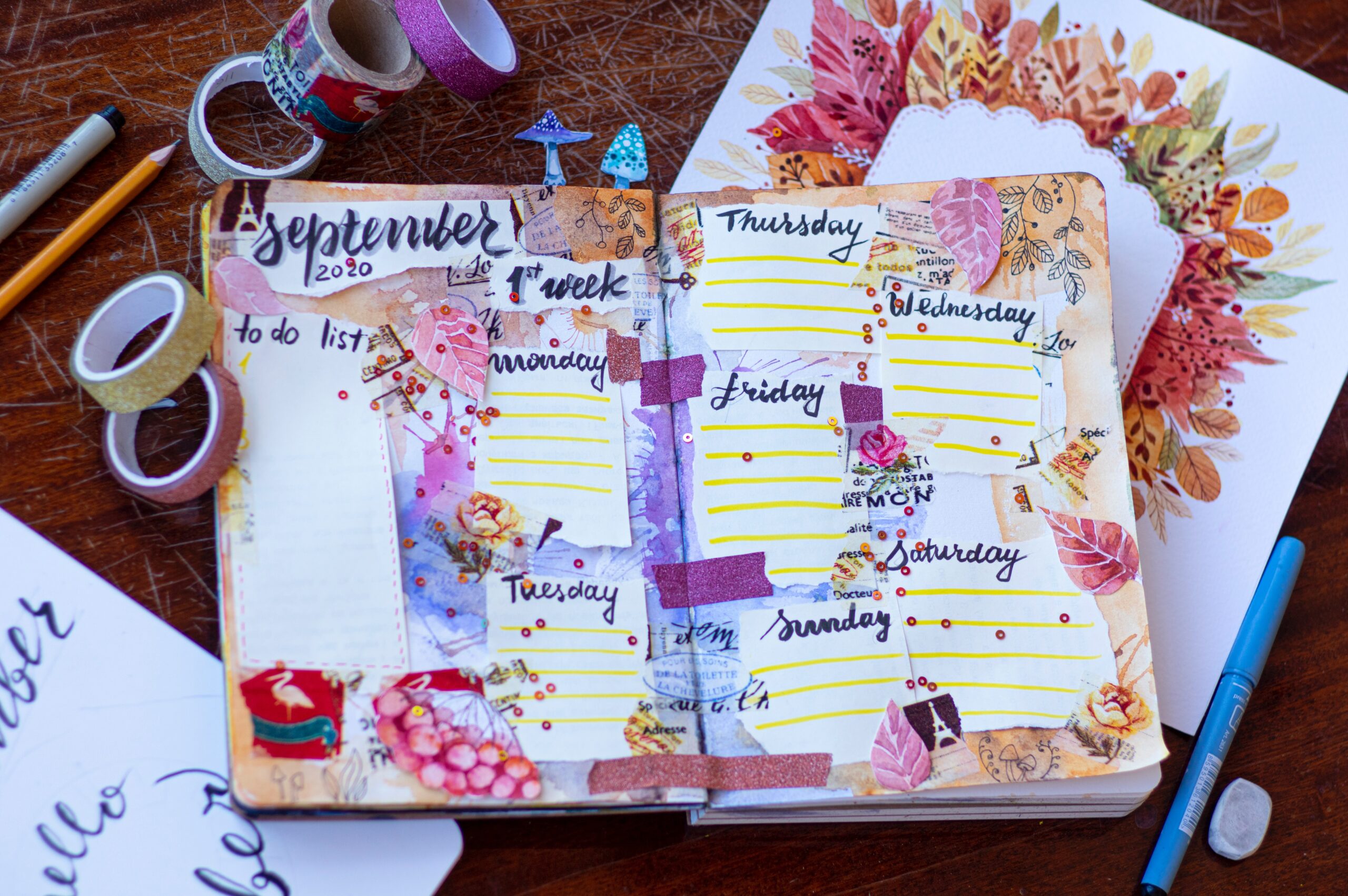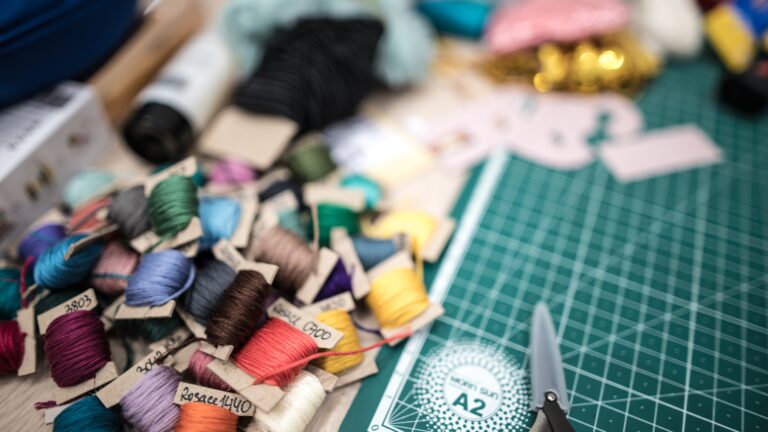What is Scrapbooking?
Scrapbooking is a craft that involves creating decorative albums or memory books to preserve and showcase photographs, memorabilia, and other meaningful items. Here are the basics of scrapbooking, after this check out our post about different scrapbooking techniques:
- Supplies: Gather the necessary supplies, including a scrapbook album or binder, patterned papers, cardstock, adhesive, scissors, paper trimmer, embellishments (stickers, ribbons, buttons, etc.), photos, and any other desired materials.
- Theme or Story: Determine the theme or story you want to convey in your scrapbook. It could be a specific event, a vacation, a family album, or any other topic that holds significance to you.
- Layout Design: Plan the layout of your scrapbook pages. Consider the arrangement of photos, papers, and embellishments to create visually appealing and cohesive pages. You can sketch out the layout beforehand or experiment directly on the page.
- Photos: Select and print the photos you want to include in your scrapbook. Crop them if necessary to fit the desired sizes or shapes. It’s helpful to use archival-quality photo paper or have your photos professionally printed for longevity.
- Backgrounds and Papers: Choose patterned papers or cardstock to serve as backgrounds for your pages. These papers can complement the theme, colours, or mood you want to convey. Trim them to the desired size and adhere them to the page.
- Adhesive: Use adhesives, such as double-sided tape, glue sticks, or adhesive runners, to attach your photos, papers, and other elements securely to the page. Be mindful of using acid-free and archival-safe adhesives to preserve your materials.
- Journaling: Add journaling to your scrapbook pages to provide context, details, and personal thoughts about the photos or events. You can write directly on the page, use decorative journaling cards, or incorporate digital or typed journaling.
- Embellishments: Enhance your scrapbook pages with embellishments like stickers, die-cuts, ribbons, buttons, or washi tape. These elements add visual interest, texture, and personal touches to your layouts.
- Layering and Dimension: Experiment with layering different papers, photos, and embellishments to create depth and dimension on your pages. Consider using foam adhesive or pop dots to elevate certain elements.
- Organization and Page Order: Arrange your scrapbook pages in a logical order to tell your story effectively. You can follow a chronological sequence or arrange them thematically based on your preference.
- Finishing Touches: Review your pages for any final adjustments, ensuring that everything is securely attached and aligned. Consider adding page titles, captions, or date stamps to complete the overall look.
Remember, scrapbooking is a creative and personal endeavour, so feel free to experiment, try different techniques, and make it your own. The goal is to create a meaningful and visually appealing representation of your memories and stories.
Photo by Elena Mozhvilo on Unsplash

